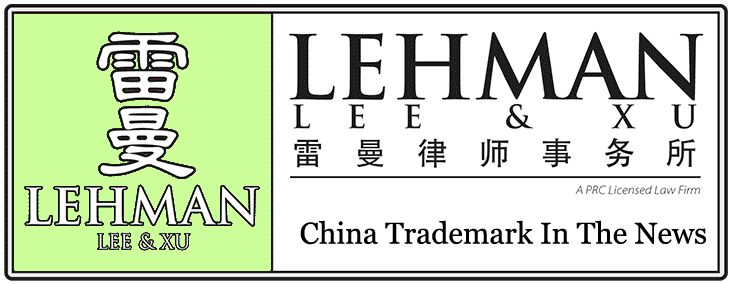After years of expectation, China has begun to accept multi-class trademark applications since the newly-revised Trademark Law became effective on May 1, 2014. Does this practice meet the anticipation of the trademark applicants?
As a common practice in many countries, multi-class trademark applications streamline the registration process in a cost effective manner. Not only the cost for filing is reduced for extra class(es) in one application, but that for future renewal, assignment, and recordation of name/address change, etc. can also be significantly reduced. Multi-class registration also brings high efficiency to administration of the trademark portfolios for brand owners.
There is no doubt that the benefits of multi-class application are expected by trademark applicants who have a large trademark portfolio in China, especially in the context that China has been ranked No.1 in terms of the number of trademark applications for more than ten years.
But the assorted regulations from the Chinese Trademark Office are far from satisfactory. As the new multi-class application bringing efficiency in portfolio management, it also comes with imperfections, and at least for now, one of the most practical benefit, cost-saving, is much less promising.
According to the regulations for multi-class application, the official fee is calculated per class and there is no discount for any extra class(es) in one application. After registration, the official fee for future recordation of name/address change, assignment, license and renewal is also counted on the number of classes by current standard. In a word, there is no difference for official fees between single-class application and multi-class application.
Even so, multi-class application does bring efficiency to brand owner’s administration work for its trademark portfolios. For instance, to better facilitate administration work, one multi-class registration only has one registration number and one filing/registration date. However, this convenience is based on the condition of no division of the registration in future. The new law and regulations only allow an application to be split in the event of a partial refusal. That is to say, the applicant cannot split a multi-class application if someone files an opposition against only partial of the goods/services or the applicant/registrant tries to assign partial goods/services. The window for a division only opens when the Trademark Office issues a partial rejection to some of the designated goods/services. In this case, the applicant can choose to divide the multi-class application into one application covering the approved goods/services so as to get registration first, and one application with rejected goods/services for the purpose of filing a request for review.
Another drawback of multi-class application is that if the description of goods in one class is not acceptable, the process of the entire application will be delayed for further examination. It is of course the same situation in other countries, but it seems more risky in China as the Chinese Trademark Office may incline to only give one opportunity to the applicant for amendment of goods/services during the prosecution, and may refuse the application if the applicant fails to make amendments properly in this one-time opportunity. This brings high risk to the applications in other class(es) in which the description of goods/services is acceptable.
Therefore, it seems the advantage of the new practice of multi-class application in China is limited. Possibility of reduction of attorney fee may be one of the expectations, but balancing the pros and cons in the post-registration period, the brand owners may be caught in a dilemma. Before there is any change to the fee policy and the practice of division of multi-class application, this new practice is not exciting as it was expected.
http://www.chinalawinsight.com/2014/08/articles/trademark/pros-and-cons-of-multi-class-trademark-application-in-the-prc/ |


